Zinnia Care - How To Grow Zinnia Flowers

Laura Walters
Zinnia flowers (Zinnia elegans) are a colorful and long-lasting addition to the flower garden. When you learn how to plant zinnias for your area, you'll be able to add this popular annual to sunny areas that benefit from their perky blooms.
How to Grow Zinnia Plants
Growing zinnia plants can be inexpensive, particularly when growing them from seed. Seeds of zinnia flowers should usually be sown directly into the sunny flower bed, as developing roots do not like to be disturbed.
If you wish to start growing zinnia plants from seeds indoors, plant the seeds in peat pots, poo pots (pots made from cow dung), or other biodegradable containers that can be planted directly into the garden later.
Start seeds four to six weeks before the last frost date in your area. Zinnias begin to show growth outdoors when temperatures are above 50 degrees F. (10 C). Space the seeds for growing zinnia plants properly, usually several inches to a couple of feet apart (8-61 cm.), depending on the size of the mature plant. This allows for adequate air circulation around the plants as they grow.
Powdery mildew and other diseases can attack zinnia flowers that are planted too close together or that remain wet from overhead watering. While the widest range of zinnia colors and heights comes from planting seeds, the popular flower is usually available in starter packs as well at your local garden center.
Caring for Zinnias
Zinnia care should include watering at the base of the plant. A soaker hose is ideal for keeping foliage and petals dry while providing much needed irrigation. Zinnia care may also include watering in the early morning, which allows the foliage and flowers ample time to dry off before nightfall.
Keep the soil moist, but not soggy, for young plants. Mature zinnias require less watering, as grown flowers are somewhat drought tolerant. With proper placement and correct watering, zinnia plants provide long-term color and beauty in the summer flower bed.
Gardening tips, videos, info and more delivered right to your inbox!
Sign up for the Gardening Know How newsletter today and receive a free copy of our e-book "How to Grow Delicious Tomatoes".
Growing zinnia plants benefit from deadheading and flower removal (used in cut flower bouquets). Clipping the plant back often results in more abundant blooms. In addition, when learning how to grow zinnia, remember that pinching back results in a bushier and more attractive plant.
If you're looking to add some bright color, grow some zinnia flowers in your summer garden this year.

Becca Badgett was a regular contributor to Gardening Know How for ten years. Co-author of the book How to Grow an EMERGENCY Garden, Becca specializes in succulent and cactus gardening.
- Laura WaltersContent Editor
-
 Types Of Tomatoes Explained: Explore The Many Wonderful Shapes, Colors, Flavors, & Best Uses
Types Of Tomatoes Explained: Explore The Many Wonderful Shapes, Colors, Flavors, & Best UsesThe world of tomato varieties is vast and fascinating. Learn about the key types to grow in your garden, tailored to your preferences and space.
By Amy Grant
-
 Try The Trend – Turn Any Bed Into A Keyhole Garden With This Clever In-Ground Composter
Try The Trend – Turn Any Bed Into A Keyhole Garden With This Clever In-Ground ComposterKeyhole gardening is an efficient and sustainable practice that saves space. Get started on this DIY project quickly and easily with an in-ground composter.
By Bonnie L. Grant
-
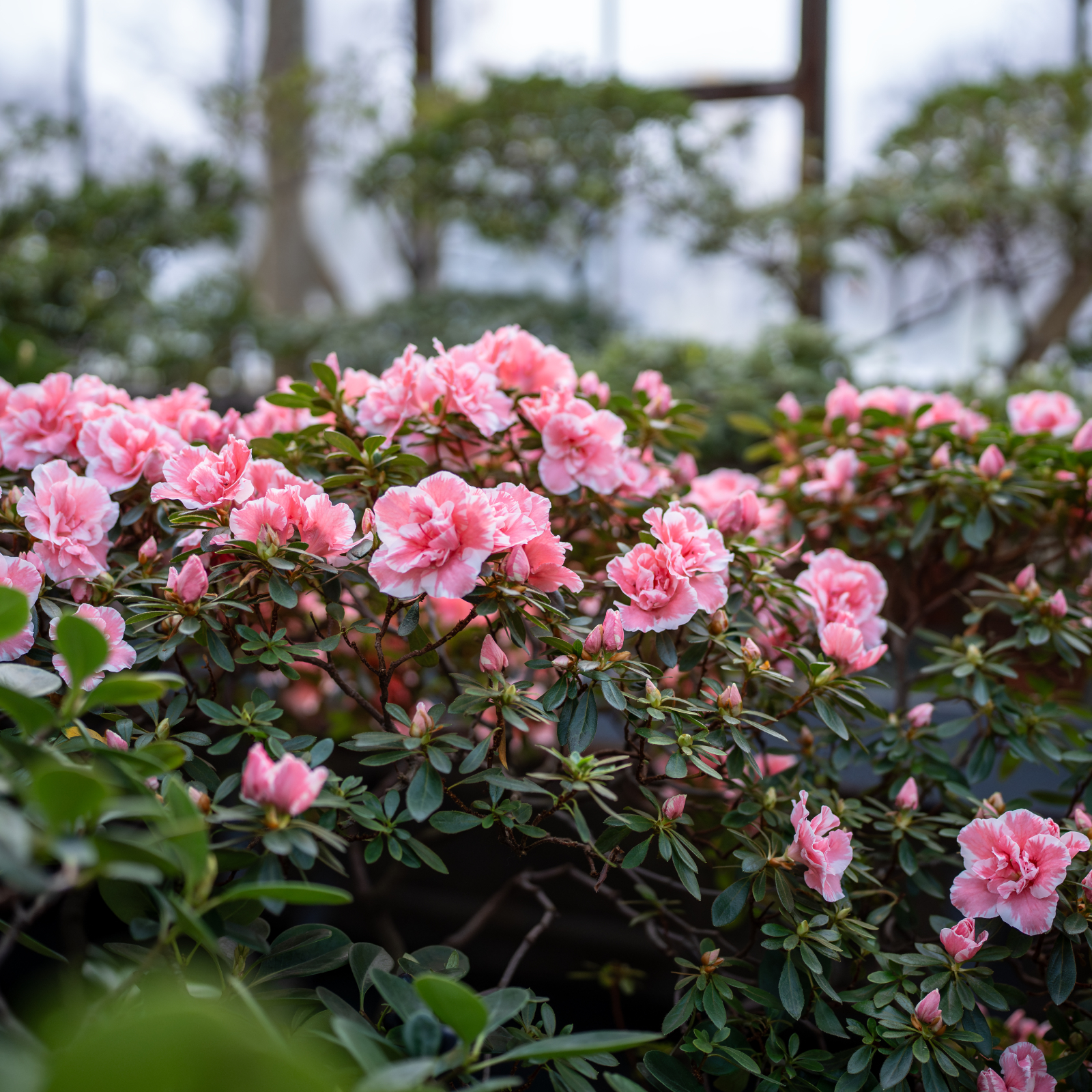 What Is The Size Of An Azalea? Explore Different Varieties That Will Suit Every Garden
What Is The Size Of An Azalea? Explore Different Varieties That Will Suit Every GardenThe size of azaleas can vary widely because they have been selectively bred for different landscape needs. Check out our picks for each size category.
By Mary Ellen Ellis
-
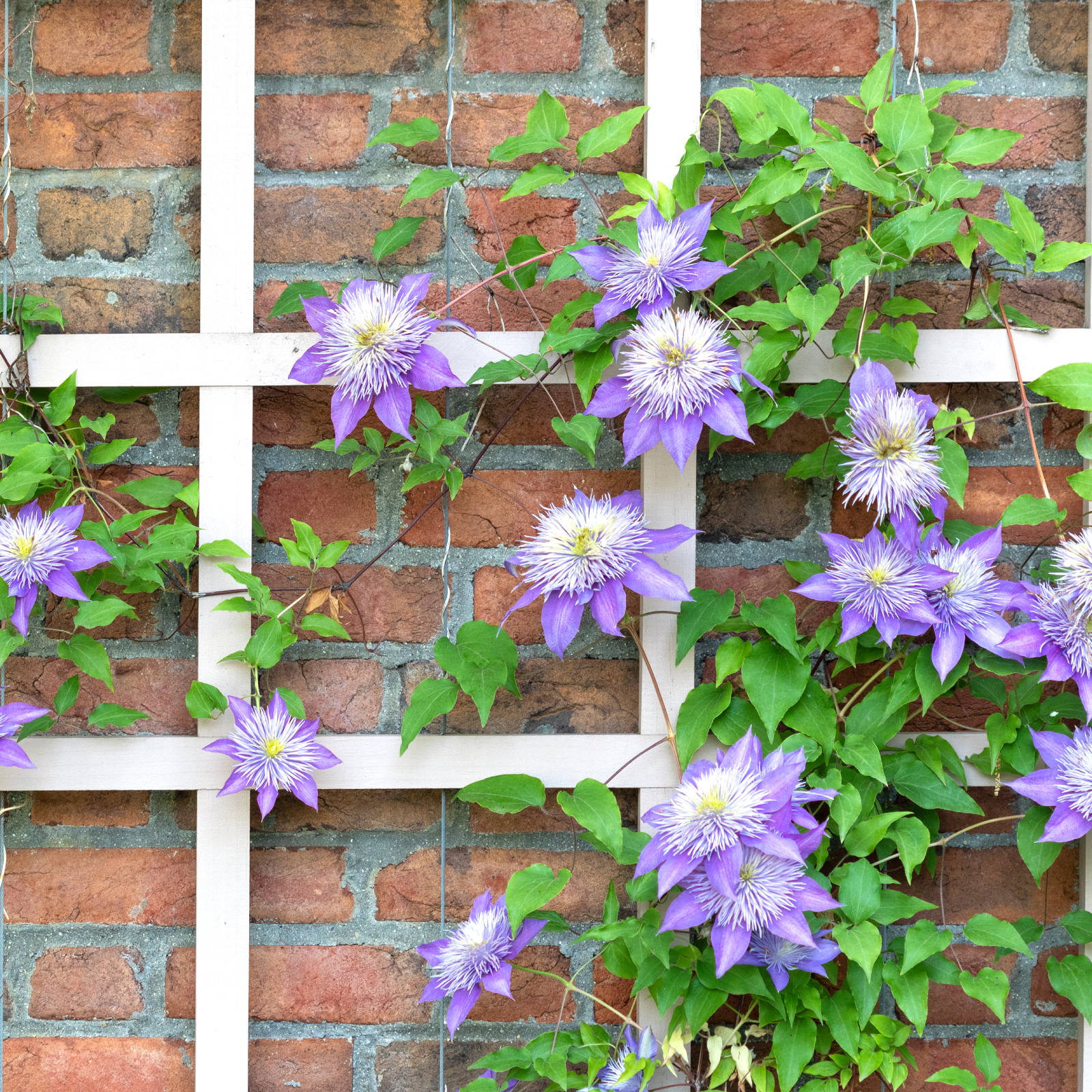 5 Fabulous Fast-Growing Vines – That Will Quickly Climb Any Arbor, Trellis, Or Fence
5 Fabulous Fast-Growing Vines – That Will Quickly Climb Any Arbor, Trellis, Or FenceThese fast growing vines are perfect for covering any eyesores in your yard or creating a living fence. They will provide great visual interest, as well.
By Amy Grant
-
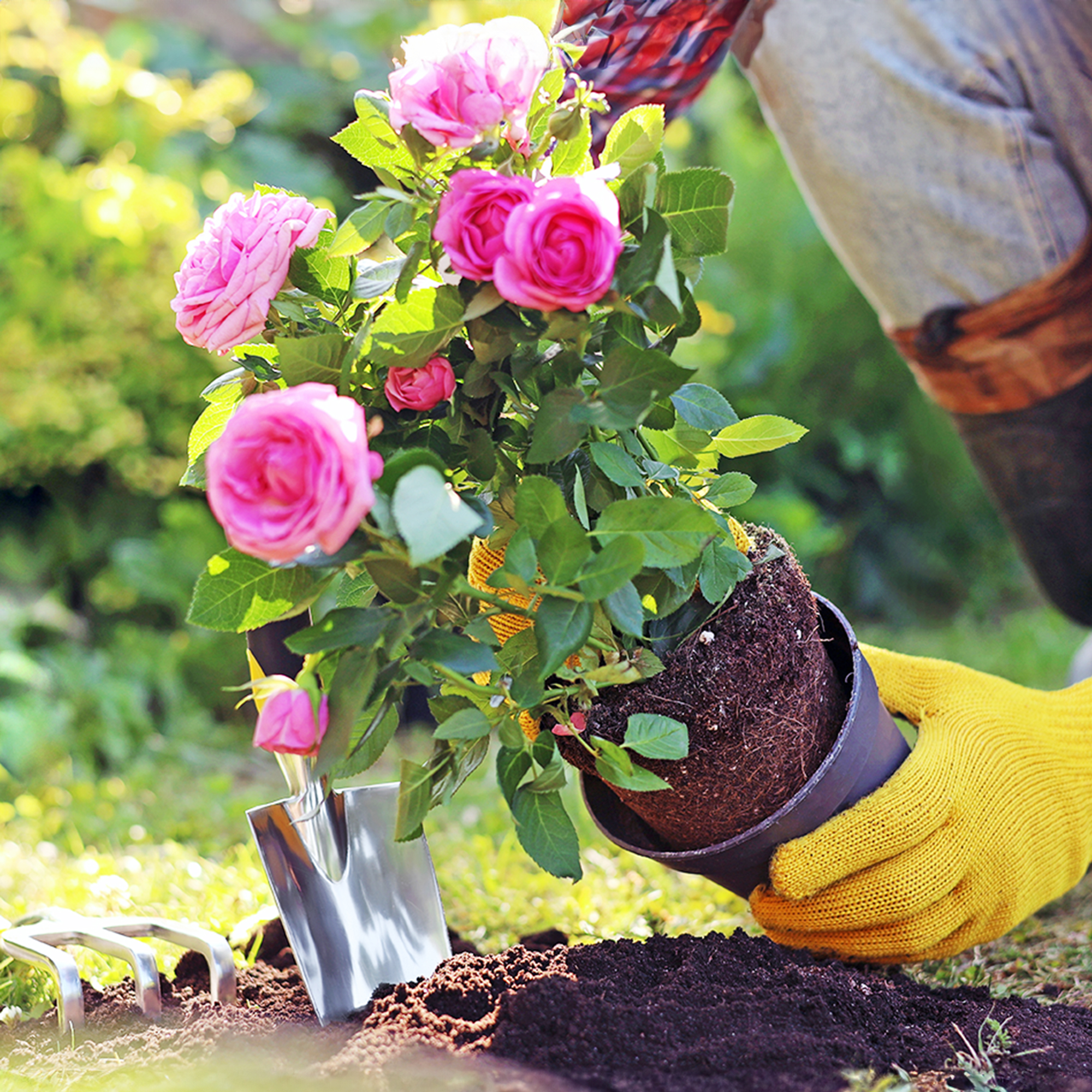 When To Plant Roses: The Best Time For Your Climate And Rose Type
When To Plant Roses: The Best Time For Your Climate And Rose TypePlant your roses at the right time and you will be rewarded with decades of glorious summer flowers – but get it wrong and you'll be crying over dead shrubs.
By Teo Spengler
-
 Spectacular Early Blooming Shrubs: 6 Sparkling Spring Flowering Bushes
Spectacular Early Blooming Shrubs: 6 Sparkling Spring Flowering BushesWant to kickstart your gardening year with dazzling spring flowering bushes for beds and borders? These unique early bloomers are sure to help you rise and shine!
By Teo Spengler
-
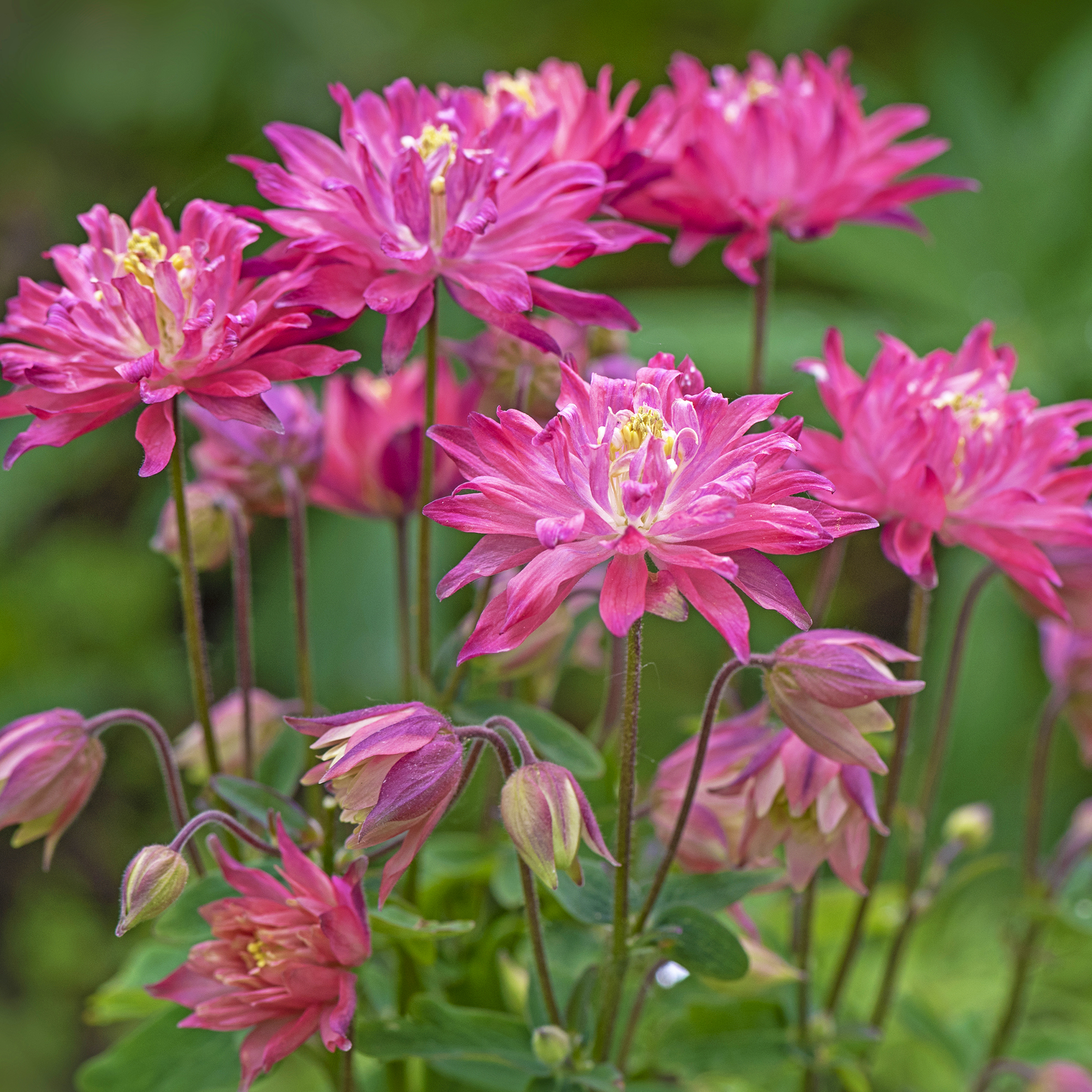 7 Shade-Loving Flowers To Start From Seed Now For A Stunning Summer Garden
7 Shade-Loving Flowers To Start From Seed Now For A Stunning Summer GardenTurn shady spots into vibrant new garden spaces with lovely and illuminating shade-loving flowers.
By Ellen Wells
-
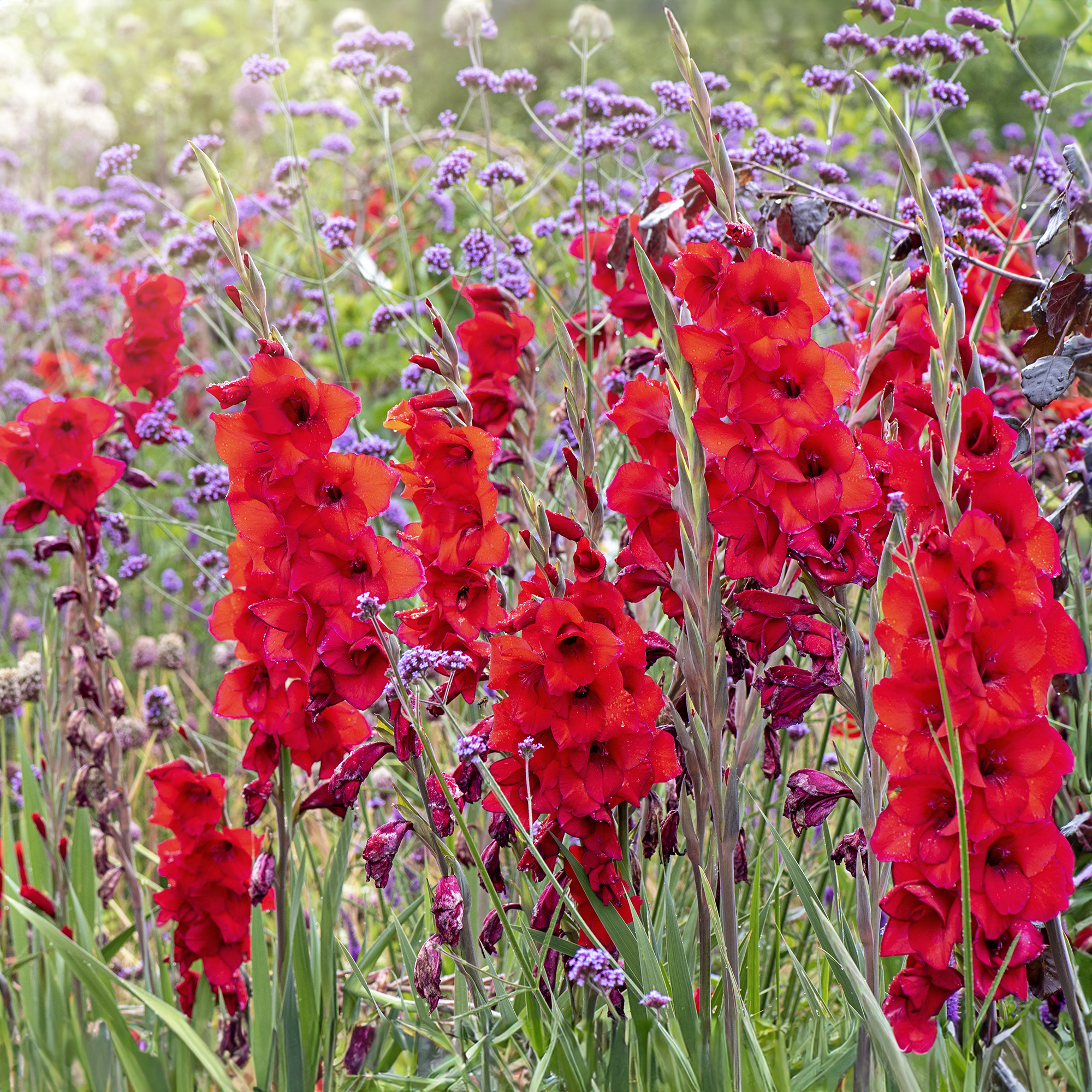 7 Summer-Blooming Bulbs To Plant In Early Spring: Don't Miss Months Of Glorious Flowers!
7 Summer-Blooming Bulbs To Plant In Early Spring: Don't Miss Months Of Glorious Flowers!Get a head start on stunning summer blooms with these easy-to-plant bulbs – act early and you will enjoy vibrant flowers that last for months on end.
By Mary Ellen Ellis
-
 Quick Fire Hydrangea – The Elegant, Easy-Care Shrub Every Gardener Needs In Their Landscape
Quick Fire Hydrangea – The Elegant, Easy-Care Shrub Every Gardener Needs In Their LandscapeIf you’re after an early flowering panicle hydrangea that offers plenty of floral variety, the Quick Fire hydrangea goes big on visual dynamics from early summer to fall
By Tonya Barnett
-
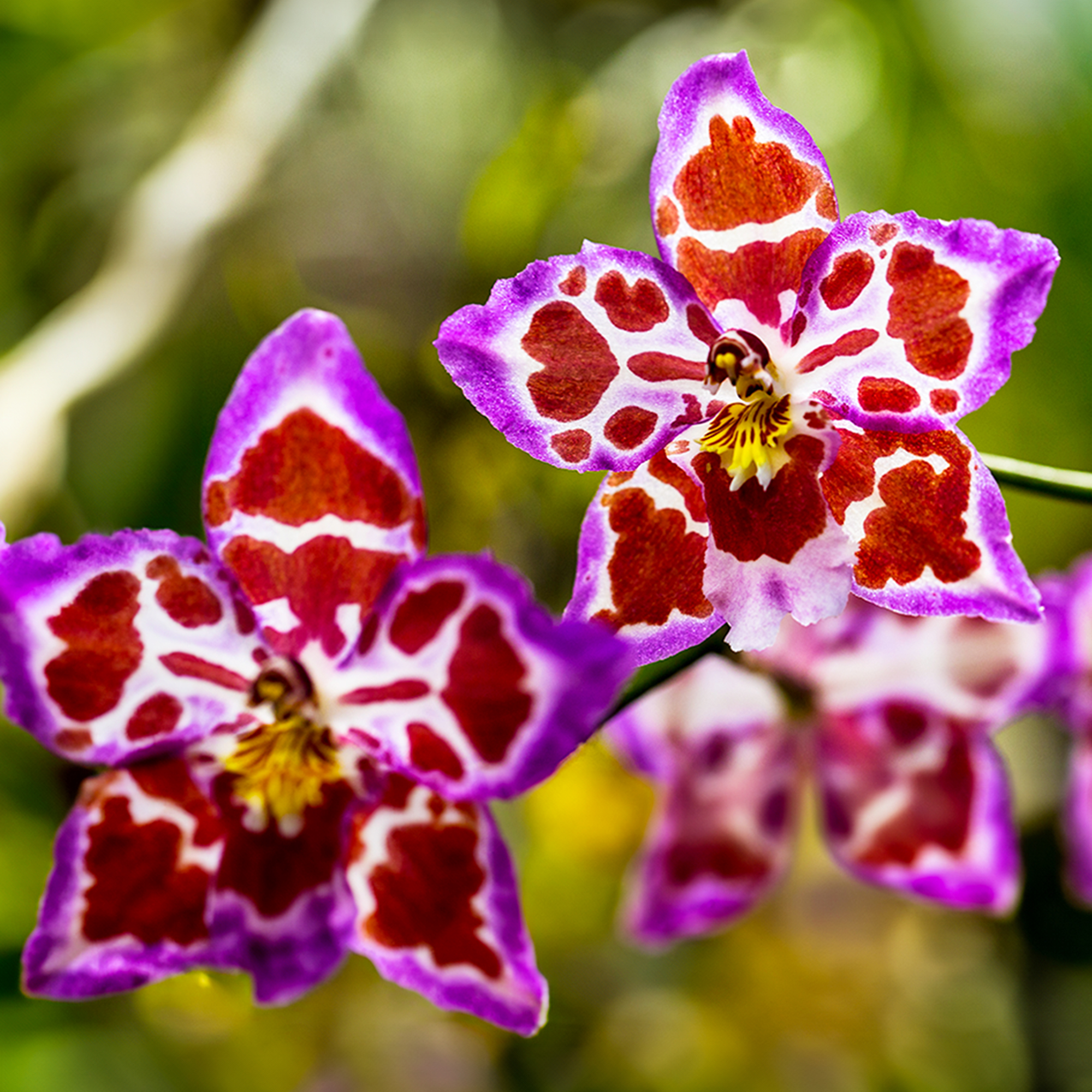 8 Rare Orchids That Make Stunning Houseplants – Some Are Surprisingly Easy To Grow
8 Rare Orchids That Make Stunning Houseplants – Some Are Surprisingly Easy To GrowDiscover unique orchids that will add exotic beauty to your home. Some make easygoing houseplants, while others offer a challenge for more seasoned growers.
By Melanie Griffiths